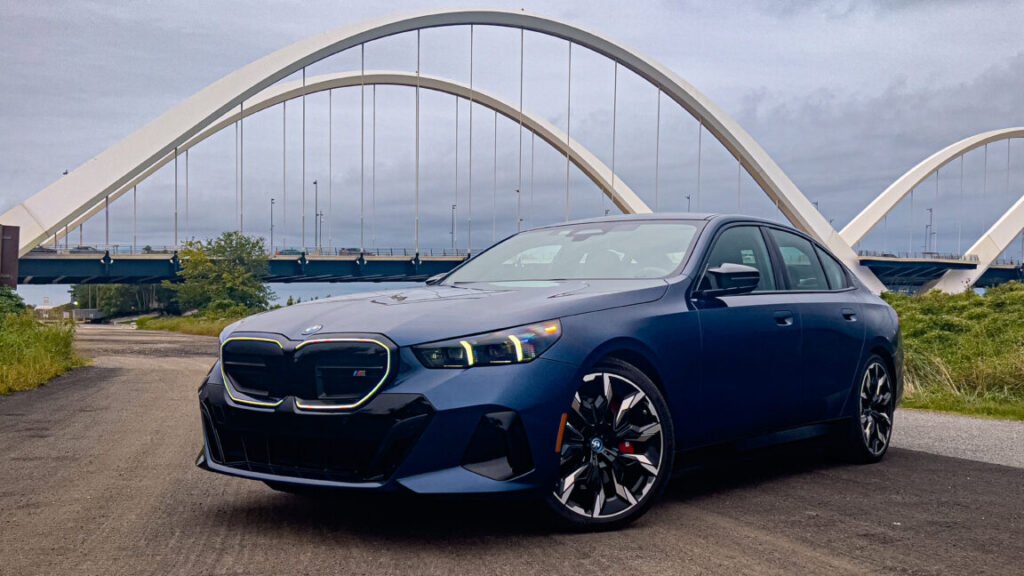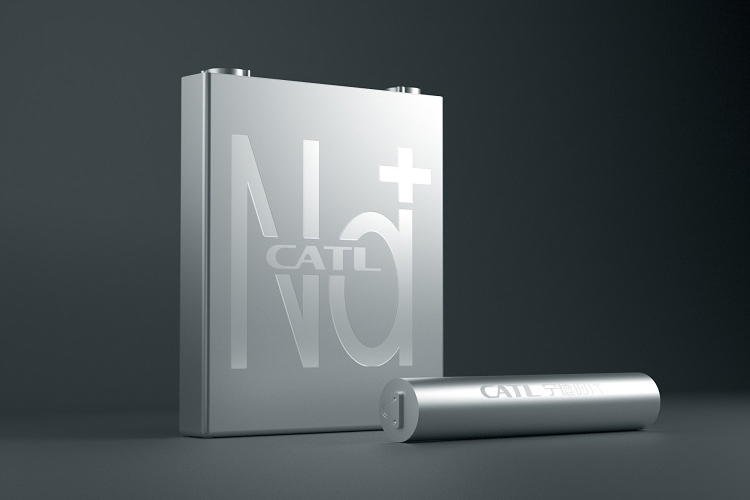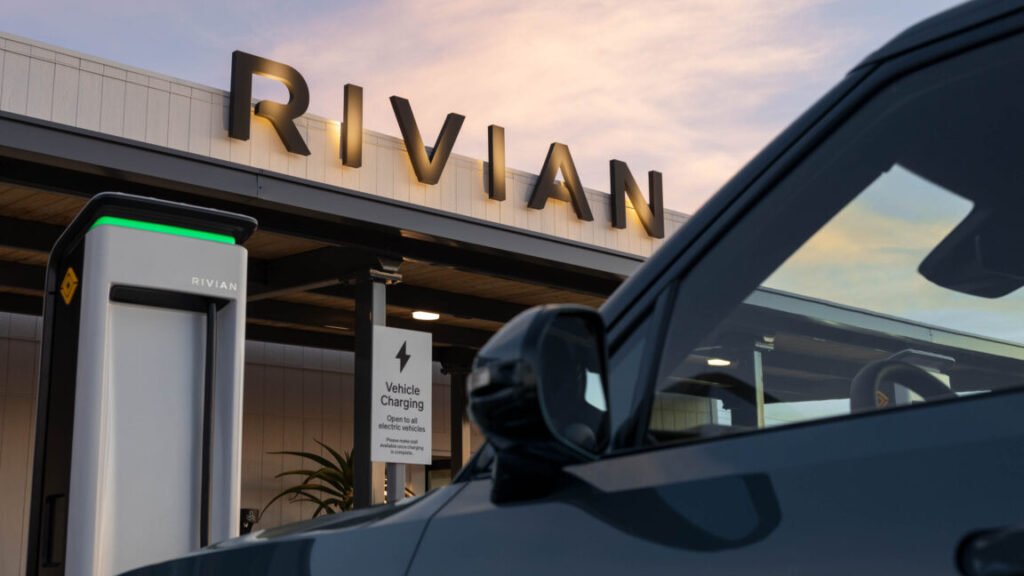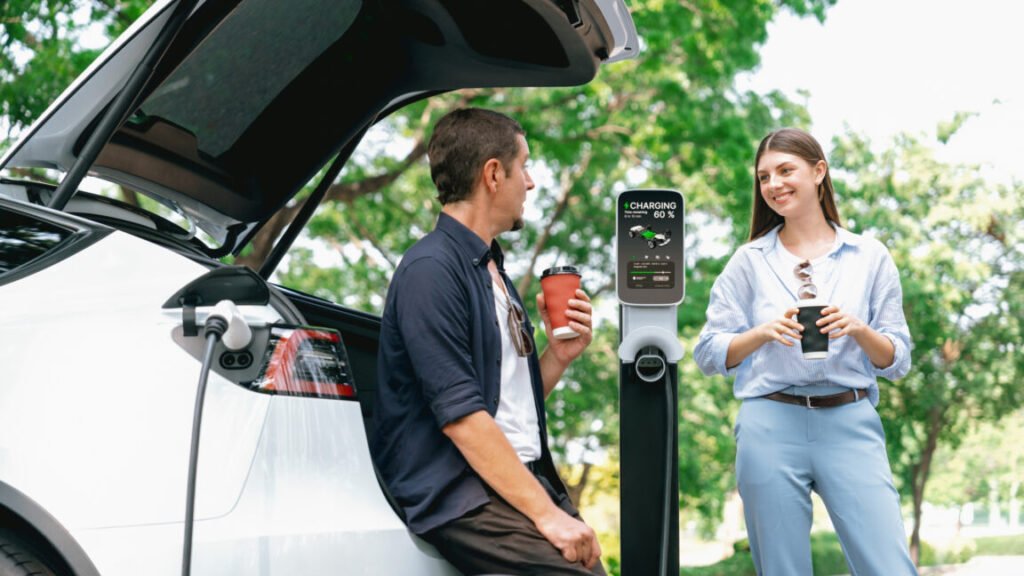Testing the Lyriq in May revealed all-wheel drive added little other than reduced range efficiency, which averaged 2.9 miles/kWh (21.4 kWh/100 km). The 22-inch wheels probably don’t help much either. I’m not sure I’d opt for the $3,500 AWD option versus having a dedicated set of wheels fitted with snow tires.
I remain a fan of the steering wheel paddle that allows you to toggle through increasing levels of regenerative braking, but even set to off there’s still a degree of regen that will slow you down when you lift your foot from the throttle pedal to try to coast. With this EV, one-pedal driving is the way to go for better efficiency, even on the highway.
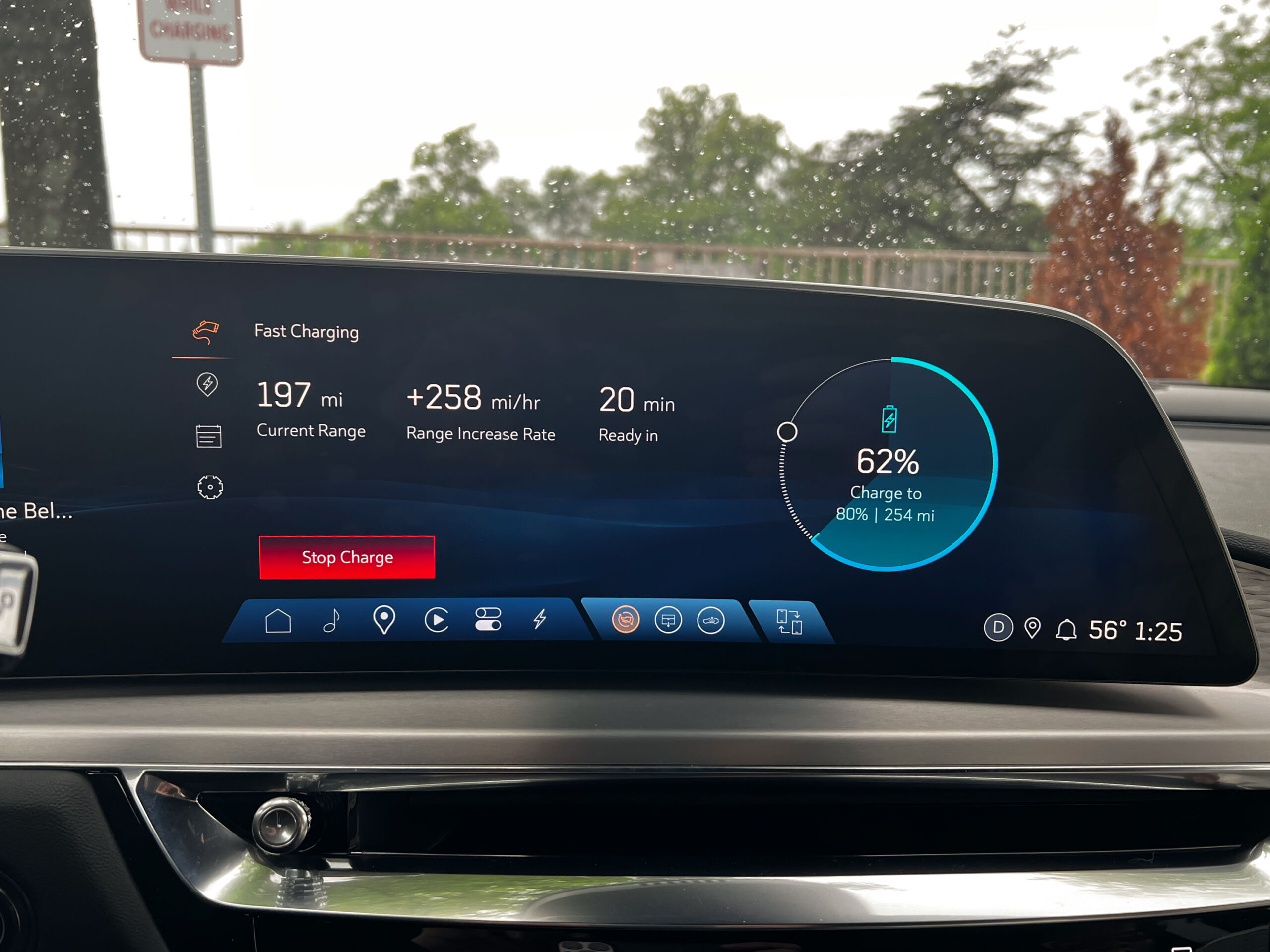
Credit:
Jonathan Gitlin
The AWD Lyriq is rated at 307 miles (497 km) EPA range, but with 22-inch wheels, that’s optimistic.
Credit:
Jonathan Gitlin
DC fast-charging was painless, taking just under 28 minutes to get from 44 to 79 percent state of charge at an Electrify America charger rated for 350 kW. Lyriqs can’t take full advantage of that, maxing out at 190 kW, as the pack only operates at 400 V. For my session, which delivered 44 kWh, the peak charging rate was 144 kW.
Super Cruise has a new party trick
A decent amount of my test mileage in the Lyriq was spent on the highways of northern Virginia, helping someone comply with a misguided return-to-office policy. There were frequent opportunities to let Super Cruise lighten the load. This combines a geofence to highways with infrared gaze-tracking to allow you to go hands-free as long as your eyes remain on the road ahead, and in dense traffic I find this kind of partially automated driving system to be quite useful.
As speeds increase I prefer to steer myself, so “regular” adaptive cruise control would be sufficient, which is included in the Luxury 1 and Sport 1 trims and is a $2,400 option for the $58,590 Tech trim.

